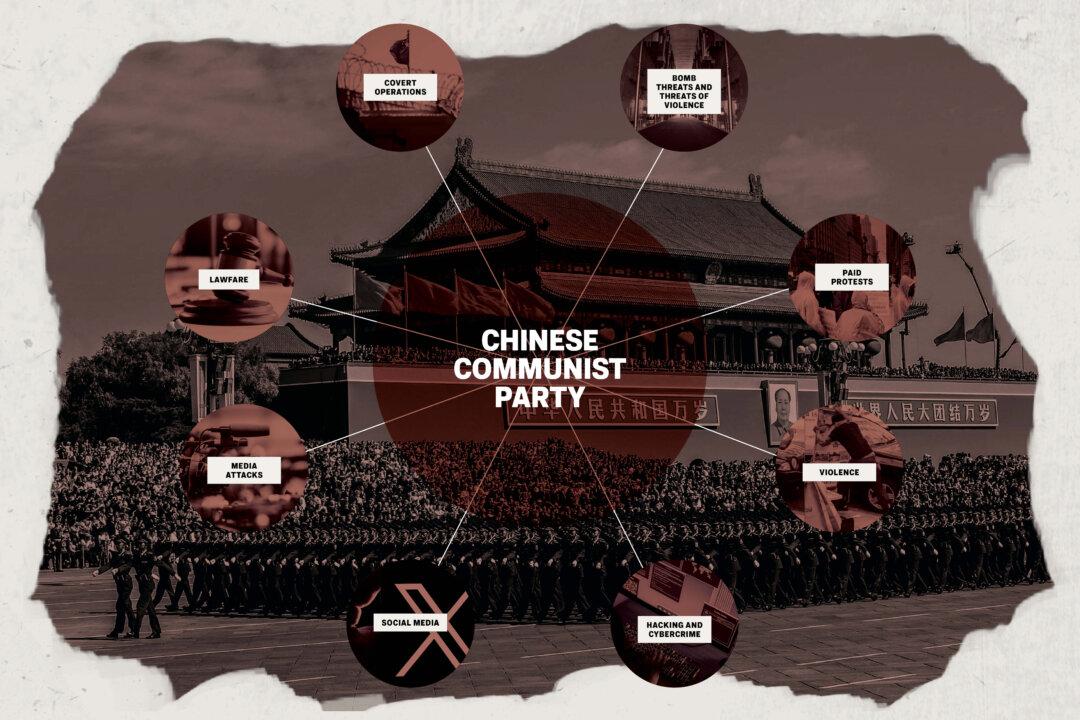There have been many Marlboro Men, but many would agree Darrell Winfield was the real one. On Monday he joined the growing line of Marlboro Men no longer living.
Darrell Winfield nailed the role of a rugged cowboy—he was one. After an ad campaign featuring tough-looking models catapulted the cigarette brand in the 1950s, Leo Burnett, the advertiser hired by Phillip Morris, looked for someone more real.
In 1968, working on a Wyoming ranch, Winfield got spotted for his unmistakable authenticity. He became the new face of Marlboro, which lasted for over 20 years.
But apart from being called to photo-shoots several times a year, he didn’t change much in his life.
He loved horses, rodeo, ranching, and the cowboy way of life. “He liked to tease, was quite a character, and never met a stranger,” his obituary states.
He was also taken by the Native American spirituality and carried a Native American name “Strong Mountain.”
Marlboro Man, the Real One, Dies at 85
There have been many Marlboro Men, but many would agree Darrell Winfield was the real one. On Monday he joined the growing line of Marlboro Men no longer living.

Petr Svab
reporter
|Updated:
He loved horses, rodeo, ranching, and the cowboy way of life.



